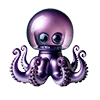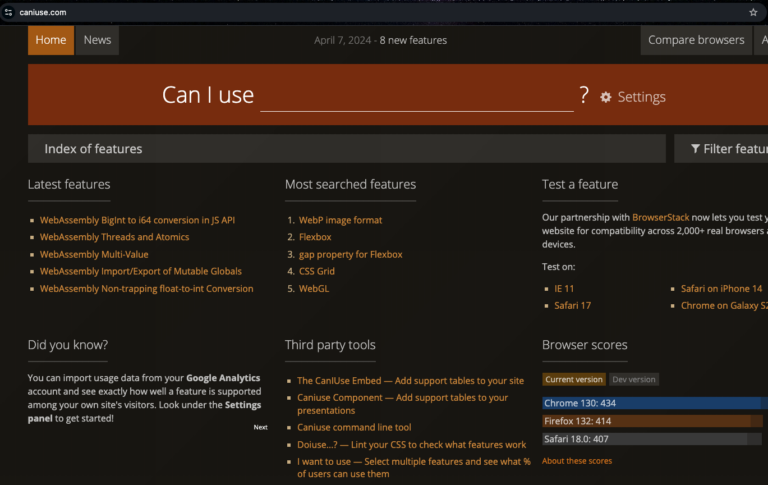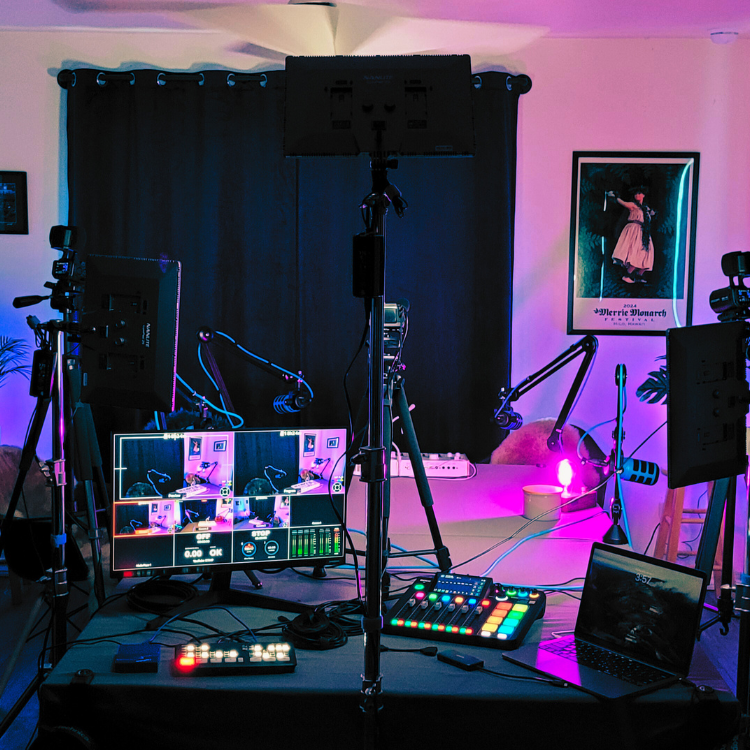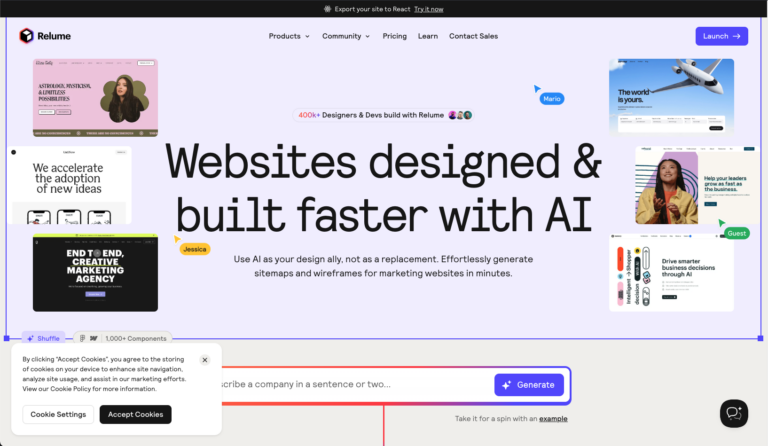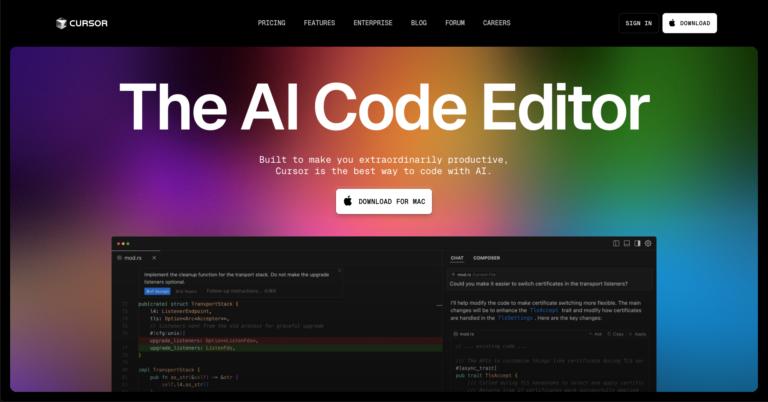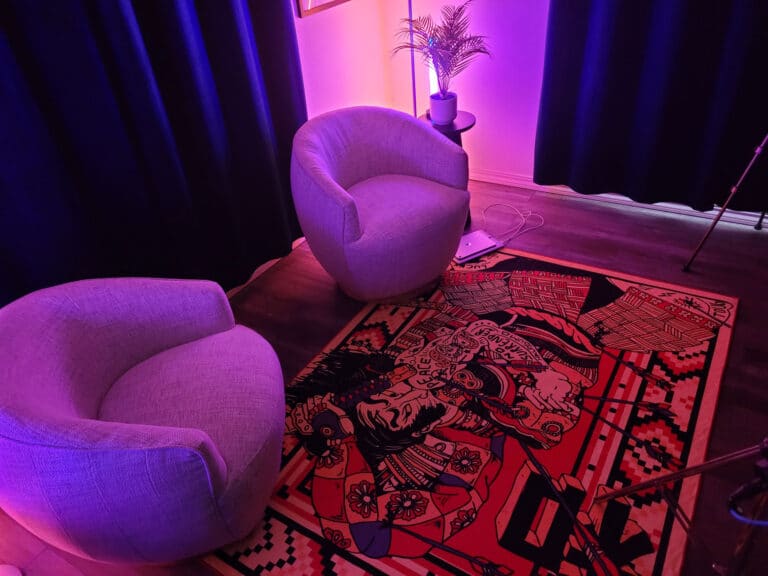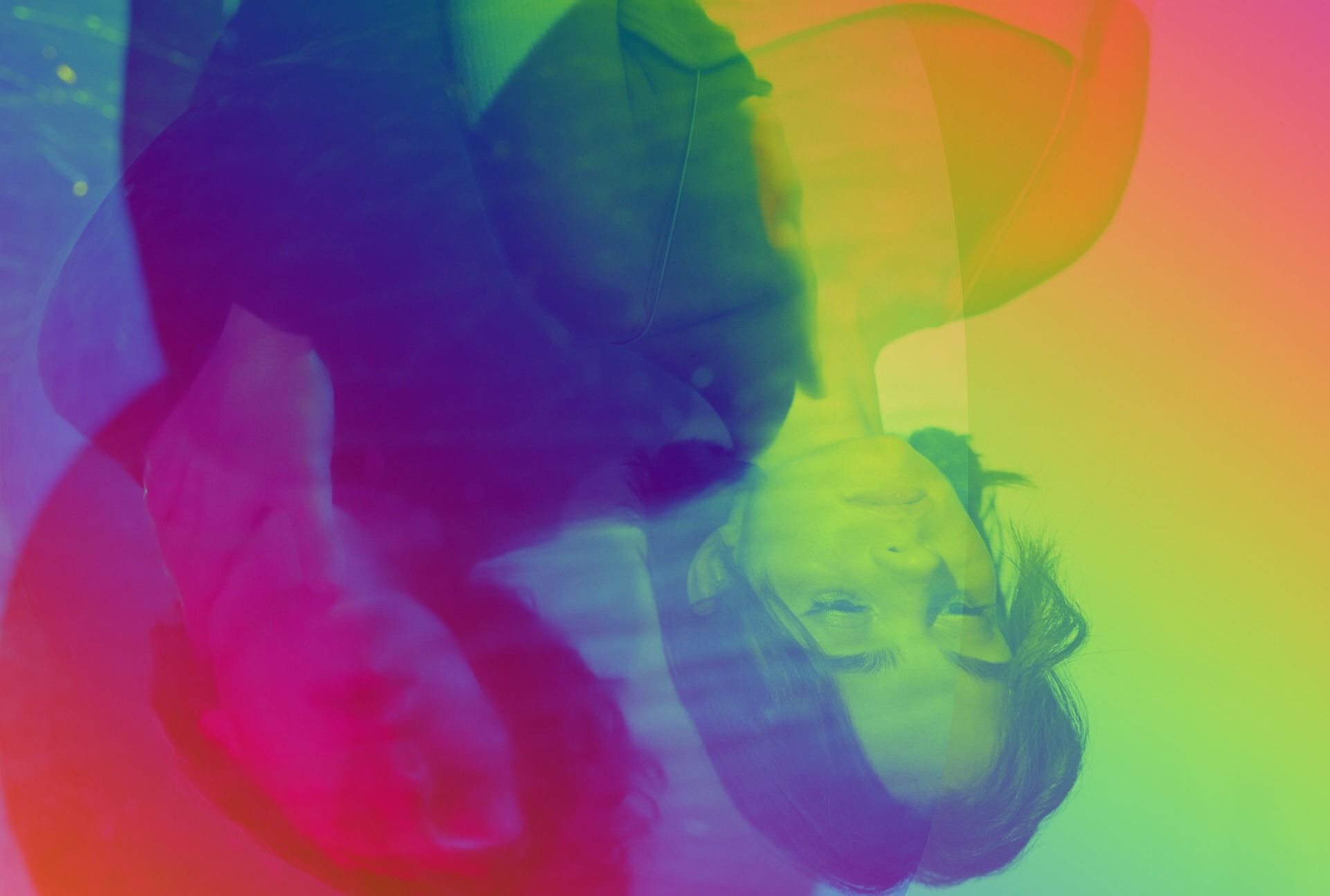
How digital marketers can guide clients away from ego-driven design toward conversion-focused strategy.
Picture this: You’re in your discovery meeting with a new client. They’re excited, energetic, and ready to transform their business online. Then it starts, the parade of selfies, the detailed life story, the insistence that their personal journey should be the hero of every webpage. Sound familiar?
If you’re a digital marketer working anywhere in the world, but especially here in Hawaiʻi, you’ve probably encountered what I call the “Me Show” client more times than you care to count. These are the business owners who believe their website should be a personal shrine, complete with photo galleries of themselves, lengthy autobiographies, and enough “my story” content to fill a memoir.
The Hawaiʻi Factor: Paradise, Social Media, and the Perfect Storm
Here in Hawaiʻi, we’ve have a perfect storm for ego-driven marketing. Our island lifestyle naturally lends itself to beautiful, shareable moments, stunning sunsets, beach workouts, island adventures. Social media feeds become personal highlight reels, and that mindset often spills over into business marketing.
Research confirms concerning trends in social media behavior and narcissism. A comprehensive study published in the Journal of Personality found that narcissistic personality inventory scores among college students increased by 30% between 1979 and 2006¹. More recent research published in Addictive Behaviors Reports demonstrates that individuals with higher narcissistic traits are significantly more likely to engage in what researchers term “selfie-marketing” for self-presentation and self-promotion, particularly on visual platforms².
In Hawaiʻi, where the line between lifestyle and business often blurs, think surf instructors, yoga teachers, life coaches, and wellness practitioners, this tendency becomes even more pronounced. The constant documentation of island life creates what marketing researchers identify as “brand narcissism,” where focus shifts from customer needs to personal image management.
The Universal Pattern: Strategy Deficit Disguised as Self-Promotion
This isn’t unique to Hawaiʻi, it’s a universal challenge amplified by social media culture and the democratization of personal branding tools. The pattern is consistent: when faced with marketing decisions, business owners default to what they know best, themselves.
Carol Roth, entrepreneur and business advisor, addresses this directly: “You want to put out a tweet. You want to make a video that goes viral… But why? It better be related to making money (or even securing your job) or you are jeopardizing your ROI for ROE [Return on Ego].”³
This pattern is so widespread that marketing agencies have developed entire frameworks to combat it. The most successful agencies report that client education becomes 60% of their initial project work, essentially deprogramming clients from ego-driven thinking.
The Hawaiʻi Context: Cultural and Environmental Amplifiers
Cultural Storytelling Tradition
Hawaiʻian culture values storytelling, family history, and personal connection. While these are beautiful cultural elements, they can be misapplied in digital marketing contexts where visitors need quick solutions, not extended narratives.
Instagram-Ready Lifestyle
Living in paradise creates constant opportunities for stunning personal content. Business owners start thinking their lifestyle IS their brand, rather than their solution being the brand.
Tight-Knit Community
In Hawaiʻi’s small business ecosystem, personal relationships drive much of the commerce. Business owners assume their online audience already knows and cares about them personally, a dangerous assumption for scaling beyond local networks.
Tourism Industry Influence
Many Hawaiʻi businesses serve tourists who are looking for “authentic experiences.” Business owners misinterpret this as wanting to know about the business owner personally, rather than wanting authentic service and genuine expertise.
The Psychology Behind “Me Show” Marketing
Understanding why clients gravitate toward ego-driven marketing helps us develop better strategies for redirecting them. Several psychological factors contribute to this tendency:
Cognitive Bias
Business owners suffer from what psychologists call the “curse of knowledge”, they’re so immersed in their own story that they assume it’s equally fascinating to potential customers.
Impostor Syndrome Compensation
Some business owners overcorrect for feelings of inadequacy by overemphasizing their personal credentials and journey, thinking this builds credibility.
Social Media Conditioning
Years of personal social media use condition business owners to think engagement comes from personal sharing, not value delivery.
Lack of Marketing Education
Many small business owners have never been taught fundamental marketing principles about customer-focused messaging and value proposition development.
Professional Strategies for Redirecting “Me Show” Clients
Based on my experience working with Hawaiʻi businesses and beyond, here are proven approaches for guiding ego-driven clients toward customer-focused strategies:
The Strategic Discovery Approach
Instead of immediately rejecting personal elements, start with strategic questions that naturally redirect focus:
These questions force clients to think about customer outcomes rather than personal narratives.
The Evidence-Based Education Method
Use industry research and case studies to demonstrate the effectiveness of customer-focused messaging. While specific conversion rates vary by industry and implementation, established marketing principles consistently show that benefit-focused content performs better than ego-focused content.
Reference frameworks like:
The Cultural Bridge Technique
For Hawaiʻi businesses, acknowledge and leverage cultural elements while repositioning them strategically:
To be continued…
See more strategies in part two here
Ready to help your Hawaiʻi business move beyond the “me show” and start connecting with customers? Contact Tako Mojo for strategic marketing that puts your customers first and your business growth second to none.
¹ Twenge, J. M., Konrath, S., Foster, J. D., Campbell, W. K., & Bushman, B. J. (2008). Egos inflating over time: a cross-temporal meta-analysis of the Narcissistic Personality Inventory. Journal of Personality, 76(4), 875-902. https://pubmed.ncbi.nlm.nih.gov/18507710/
² Boursier, V., & Manna, V. (2020). Selfie-engagement on social media: Pathological narcissism, positive expectation, and body objectification. Addictive Behaviors Reports, 11, 100263. https://pmc.ncbi.nlm.nih.gov/articles/PMC7244909/
³ Roth, C. (2012, June 26). Return on Ego (ROE) vs. Return on Investment (ROI). Carol Roth Blog. https://www.carolroth.com/community/return-on-ego/
⁴ Anderson, J. C., Narus, J. A., & van Rossum, W. (2006). Customer value propositions in business markets. Harvard Business Review, 84(3), 90-99. https://hbr.org/2006/03/customer-value-propositions-in-business-markets
⁵ Intellum. (2023, July 25). Guide to Customer Education Marketing (With Examples). https://www.intellum.com/resources/blog/customer-education-marketing
⁶ Referenced in customer education ROI studies. Forrester Research (2019). The Business Impact of Customer Education Programs.
